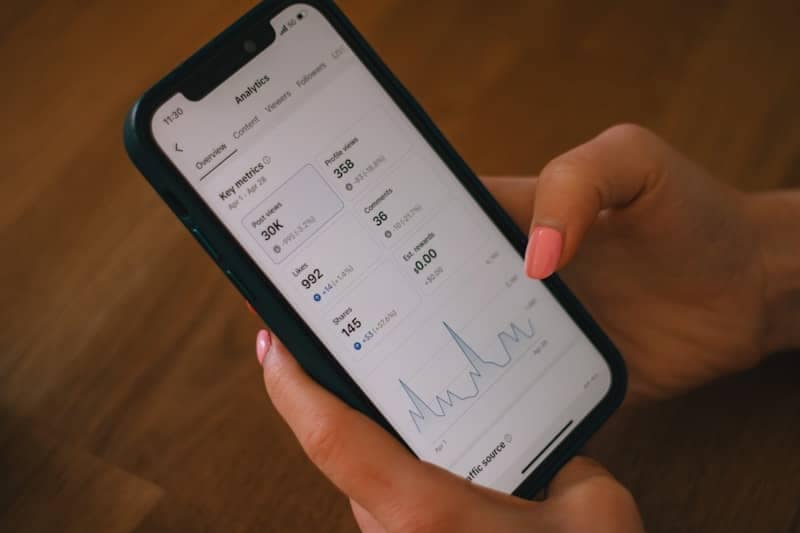|
Hi Reader, When you check your podcast host analytics, then look at Apple Podcasts, Spotify, and YouTube, the numbers often don’t line up. That’s not a glitch – it’s because each platform tracks different things, in different ways, for different purposes. If you’re serious about measuring your podcast’s growth, it helps to know what each platform is actually telling you, and which metrics are worth paying attention to. Here’s a straightforward breakdown. Your Podcast Hosting PlatformMost hosts track downloads, listener location, device usage, and app distribution. This data reflects activity based on your RSS feed, which powers most podcast players. Best for:
Key Metric to Track: Apple Podcasts (Podcasts Connect)Apple provides listener-centric insights, like how much of your episode people actually listen to, whether they follow your show, and when they drop off. Best for:
Key Metric to Track: Spotify for CreatorsSpotify offers a unique view of your audience, including age and gender data, plus a breakdown of Plays versus followers and retention. Best for:
Key Metric to Track: YouTubeIf you’re publishing video versions of your podcast (or even just audiograms), YouTube offers discovery potential and community-building tools that traditional podcast platforms don’t. Best for:
Key Metric to Track: What to Actually Track Across the BoardIf you want a simple way to track whether your podcast is growing, focus on these metrics from each platform:
While it can be easy to get sucked into vanity numbers, look for trends instead, especially improvements over 30- and 90-day windows. That’s where you’ll see the real story of your podcast’s progress. Until the next time, happy podcasting.
|


Leave a Reply